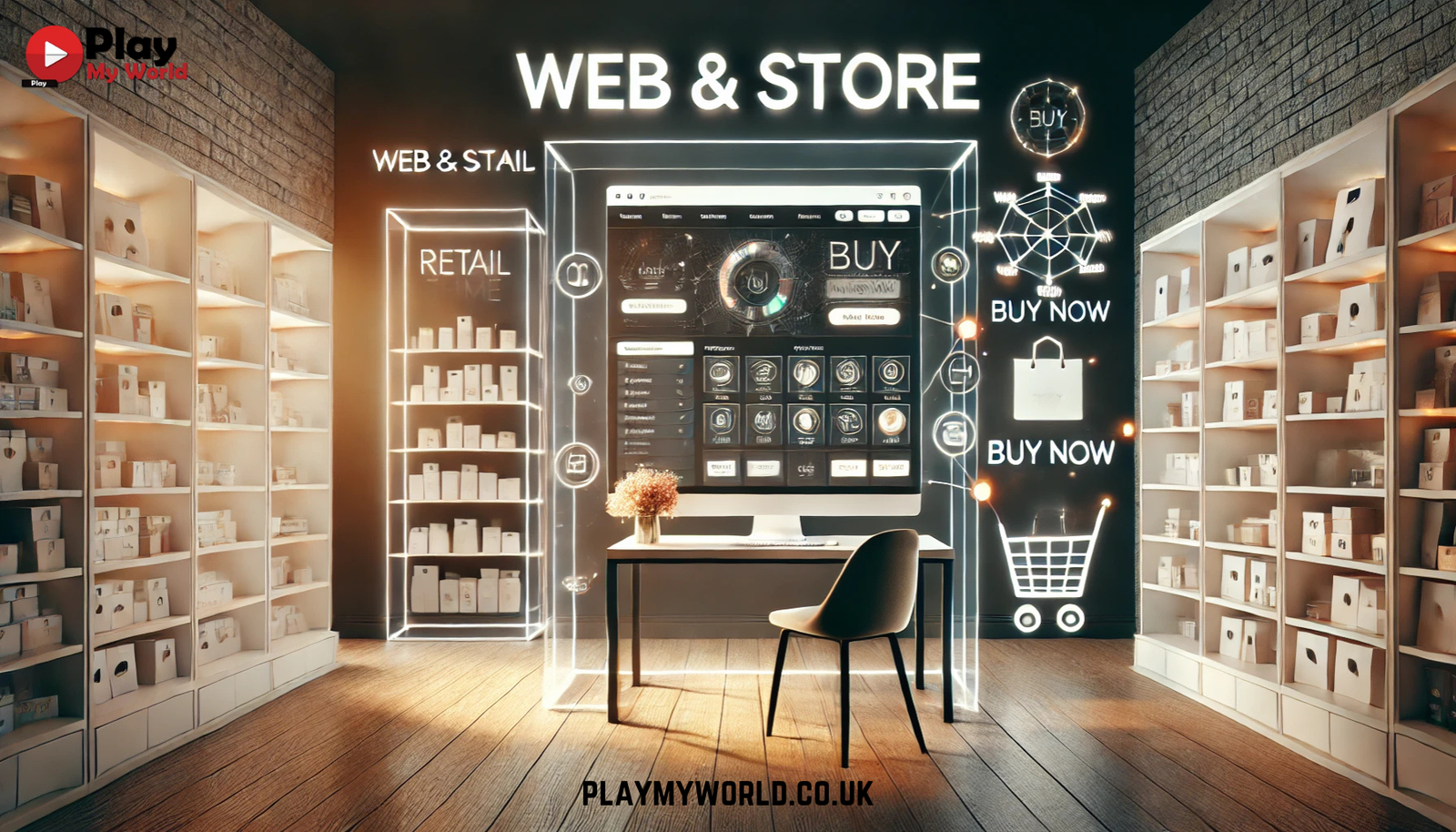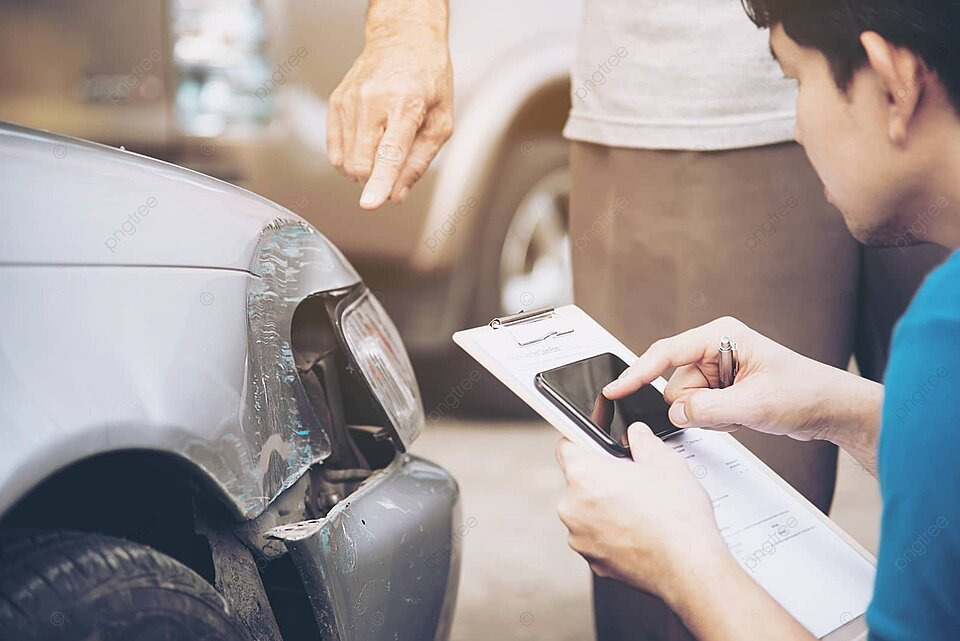Introduction: Why the Web&Store Model is Shaping the Future of Retail
Retail is evolving at lightning speed. Customers no longer shop exclusively in stores or online—they expect a seamless experience across both. This shift in consumer behavior has led to the rise of the Web&Store model, a strategy that blends the best of digital commerce (web) with the personalized touch of physical stores.
From major brands like Apple and Zara to small boutique retailers, the Web&Store concept is helping businesses improve customer satisfaction, streamline operations, and boost revenue. Whether you’re a business owner exploring new sales channels or a marketer building omnichannel strategies, understanding how Web&Store works is vital to staying relevant and competitive.
What Is Web&Store? An Integrated Retail Experience
Web&Store refers to a retail strategy that connects your online presence (website, e-commerce platform, mobile app) with your brick-and-mortar store. It ensures that both operate in synchronization—offering a consistent experience across touchpoints.
Key Features:
- Real-time inventory synchronization
- Click-and-collect (buy online, pick up in store)
- In-store returns for online purchases
- Shared customer database and loyalty systems
- Unified marketing and pricing strategies
Unlike multichannel retail (where channels operate independently), the Web&Store model is fully integrated, creating a single, seamless customer journey.
Also Read: Pedrovazpaulo Business Consultant: A Comprehensive Guide to Business Growth and Strategy
Why Businesses Are Adopting the Web&Store Strategy
Retailers adopting the Web&Store model are seeing measurable improvements in both operational efficiency and customer loyalty. Here’s why this approach works:
Benefits for Businesses:
- Higher Conversion Rates: Customers can browse online, check in-store availability, and complete the purchase where it’s most convenient.
- Better Customer Retention: A unified loyalty program across channels encourages repeat purchases.
- Optimized Stock Management: Shared inventory reduces overstocking and stockouts.
- Faster Fulfillment: Local store fulfillment shortens delivery times and reduces shipping costs.
- Data-Driven Decisions: Merging online and offline analytics leads to smarter marketing and merchandising.
In essence, Web&Store enables retailers to meet customers where they are, and serve them how they want.
Real-World Examples of Web&Store in Action
Apple
Apple’s retail strategy is a textbook example of Web&Store. Customers can:
- Browse and configure devices online
- Reserve them at a local store
- Pick them up or request assistance in person
Zara
Zara’s app allows shoppers to:
- Check product availability in specific locations
- Order online and pick up in store
- Make in-store returns of online purchases
Best Buy
Best Buy blends e-commerce with physical convenience by offering:
- Same-day store pickup
- Real-time local inventory updates
- In-store return of online orders
These brands prove that when executed well, the Web&Store model enhances convenience and builds trust.
Step-by-Step Guide to Setting Up a Web&Store Model
Implementing a Web&Store approach doesn’t have to be overwhelming. Here’s how to start:
Step 1: Choose a Unified Commerce Platform
Look for platforms that integrate your online store with POS systems. Examples include:
- Shopify with Shopify POS
- Square
- Lightspeed
- BigCommerce
Ensure the platform supports inventory syncing and order fulfillment across channels.
Step 2: Sync Inventory Across Channels
Set up a central inventory management system that updates stock in real-time, whether a sale happens online or in-store.
Step 3: Enable Click-and-Collect
Offer the option for customers to buy online and pick up in a nearby store. Promote this feature clearly on your site.
Step 4: Train Staff on Unified Operations
Educate employees on handling online orders, returns, and managing customer profiles—so there’s no friction in service.
Step 5: Create Cross-Channel Loyalty Programs
Use tools like email marketing and apps to reward purchases both online and offline. Offer in-store discounts for digital engagement (e.g., app downloads or reviews).
Step 6: Monitor Analytics and Optimize
Use integrated analytics to track:
- Top-performing channels
- Customer behavior
- Inventory turnover Use this data to adjust pricing, inventory, and marketing.
How Web&Store Builds Stronger Customer Relationships
The modern shopper expects convenience, personalization, and control. Web&Store meets these expectations by:
- Offering flexible fulfillment options
- Maintaining consistent communication across channels
- Enabling personalized product recommendations based on full customer history
This results in greater satisfaction, more purchases, and brand advocacy.
Moreover, when customers feel recognized—whether they’re shopping on a phone, visiting a store, or chatting with customer support—they’re far more likely to become loyal to the brand.
Also Read: Understanding PO Box 6887 Coventry: Legitimate Uses, Potential Scams, and How to Protect Yourself
Conclusion: Embrace Web&Store for a Future-Ready Retail Strategy
As retail continues to evolve, businesses that ignore the Web&Store model risk falling behind. This approach isn’t just about selling more—it’s about delivering smarter, faster, and more meaningful experiences to customers.
By bridging the online-offline gap, the Web&Store model helps businesses become more agile, more data-driven, and more customer-focused. Whether you’re a small shop owner or an enterprise retailer, adopting a Web&Store strategy gives you the edge to succeed in the digital economy.
FAQs About Web&Store
Q1: Is Web&Store the same as omnichannel retail?
Not exactly. Web&Store is a practical implementation of omnichannel, focused specifically on syncing online platforms with physical store operations. Omnichannel is broader and includes call centers, social media, and more.
Q2: Can a small business implement Web&Store affordably?
Yes. Platforms like Shopify and Square offer affordable plans that allow even small businesses to integrate their in-store and online operations effectively.
Q3: What tools do I need to make Web&Store work?
You’ll need an e-commerce platform, POS system, inventory management software, and customer relationship tools (CRM). Many solutions now offer all-in-one options.
Q4: How do I promote my Web&Store strategy to customers?
Highlight features like “Buy Online, Pick Up In-Store,” unified loyalty points, and in-store return policies. Use email marketing, social media, and in-store signage to educate customers.
Q5: What’s the biggest challenge in adopting Web&Store?
The biggest challenge is syncing systems and training staff. Choosing the right platform and onboarding your team effectively will reduce friction and improve long-term success.




